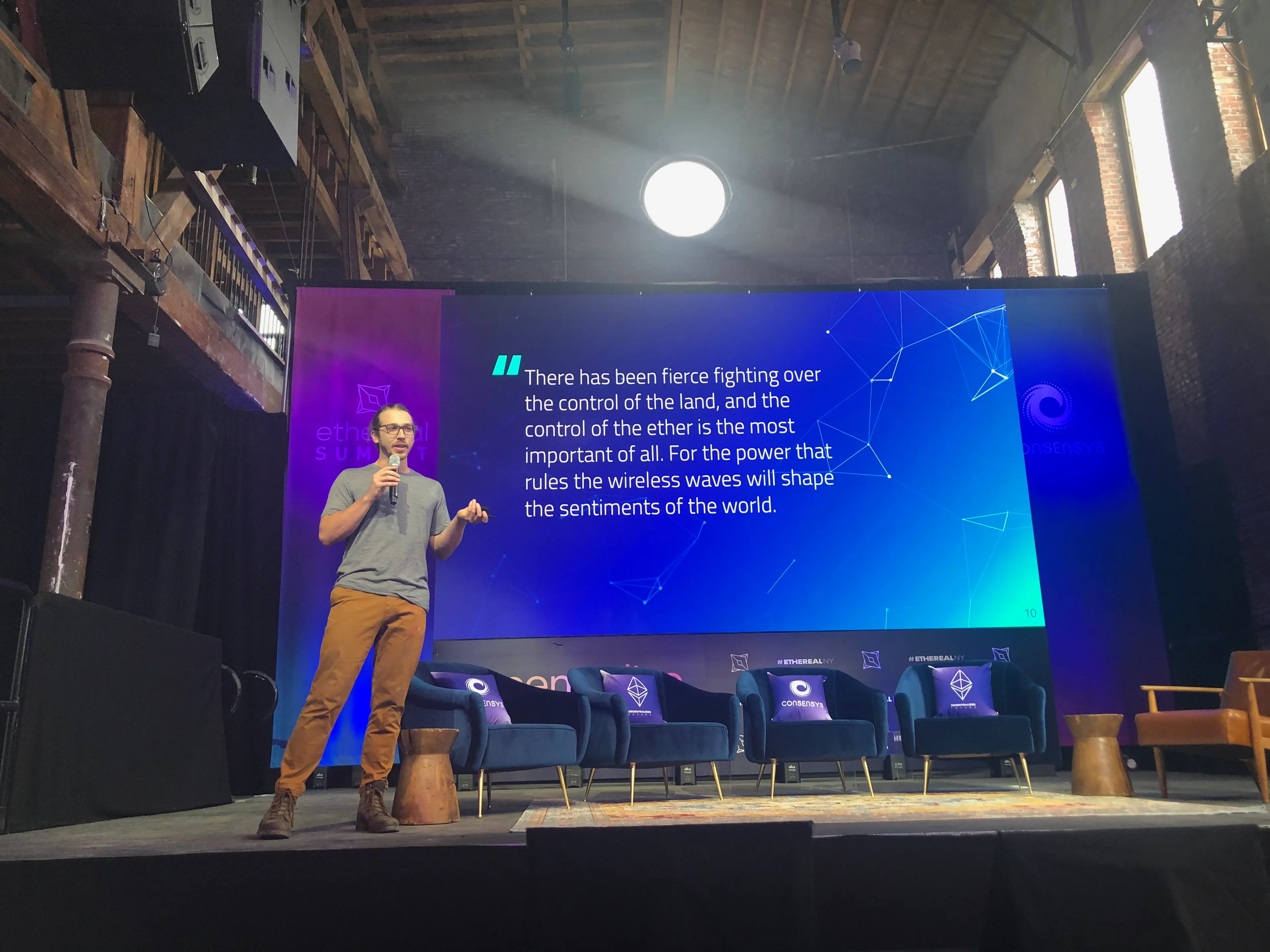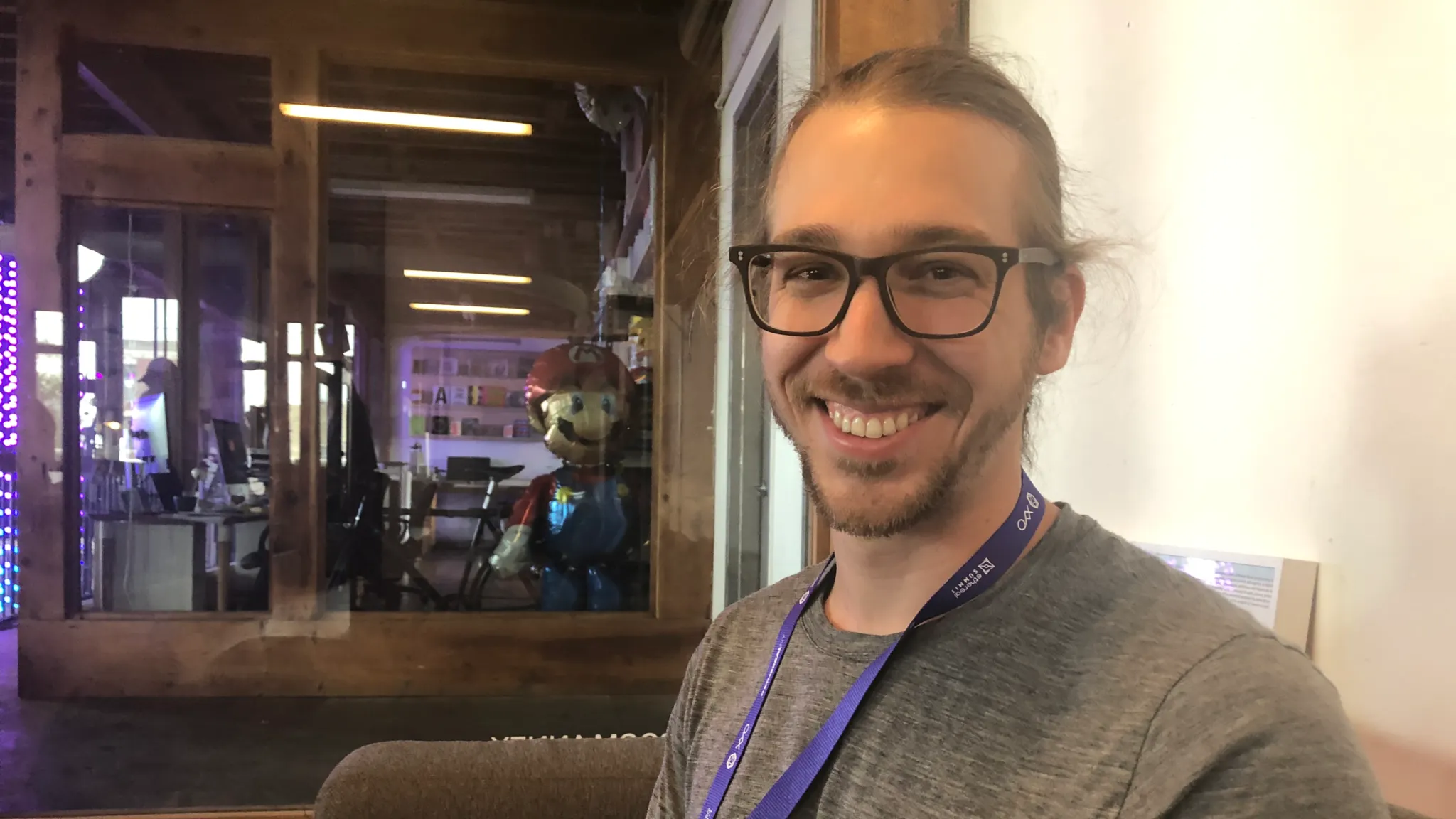Danny Ryan is not ashamed to say he had an emotional response when the first testnets for Ethereum 2.0. were launched this month. He was recently elected an unofficial project leader for the gargantuan journey the blockchain has embarked upon.
“This has been incredibly exciting for me because it’s something I’ve been working on for a long time and finally it’s happening,” he told Decrypt.
Over the next two years, Ethereum, the world’s second largest decentralized network, is migrating its thousands of dapps and tens of thousands of smart contracts. It’s moving them from the current trusty, but somewhat unscalable, proof-of-work platform to a brand new home: a proof-of-stake blockchain that will take it to a new level, enabling increased reliability and transaction speed and expansion potential.
The past month has been something of a watershed, with two Ethereum clients having launched testnets.
Ethereum has been attacked for the stately rate of progress on 2.0. But to Ryan and many of those working on it, such criticism seems unwarranted.
“Because we’re building a new chain in parallel, we have to build new client software,” he explained. Ethereum has over a dozen clients, so the architecture for each must be built in parallel with the current blockchain. “We have a migration path from which we can roll Ethereum into Ethereum 2.0. For the time being Ethereum 2.0 is built in isolation.”
Building bridges
Ryan grew up in Baton Rouge, Louisiana. He studied computer science and engineering at Princeton and lived in New Orleans for five years, before moving to his current home in Colorado.
With Prysmatic, you can get testnet Eth from the Görli testnet, deposit it into a contract and actually begin validating—Danny Ryan
He’s relatively new to Ethereum, having only been employed by the Ethereum Foundation—the blockchain’s administrative body—since January 2018. He’s distanced himself from the chatter of social media platforms such as Twitter, and has quickly risen in the ranks. A recent report on the progress Ethereum is making, by consultancy Kyokan, threw the young developer into the spotlight by highlighting his leadership potential.
Ryan is careful to point out that his is not an official leadership role. Ethereum developers (and researchers) are notorious for their dislike of hierarchy and Ryan is no exception. He suggests that his background, which is more within engineering than research, allows him to more easily inhabit the middle ground between computer science and engineering.
In fact, he will require all the smarts he can muster. With Ethereum co-founder and wunderkind Vitalk Buterin increasingly assuming a research role and stepping away from the spotlight, core Ethereum community members are thrust into its glare. Ryan is among those taking up the mantle to coordinate development and field community concerns as work on Ethereum 2.0. gears up and the challenges intensify.
But the prize is attractive, Within 18-24 months, when the work is completed, the blockchain will be to able to handle 1,000x more transactions than at present, according to Ethereum co-founder Joe Lubin.
Phasing in and out
The update schedule is split into three phases, with eight research and development teams building the new clients and those working on the two main ones, Geth and Parity, operating autonomously.
A lot of blockchains don’t go this multipart client route—they have a single piece of software that everyone runs and “it’s easier in that you don’t have to worry about different types of software speaking the same protocol,” says Ryan.
But having more clients means the blockchain is more robust. “If one goes down, we have fault tolerance. And the cool thing about having so many clients is that everyone is pushing on different fronts and experimenting in different ways, so I think we’re ultimately going to have a more robust network,” he adds.
But it’s a long process, and the teams are following a conservative approach. Currently they’re at phase 0, which is putting the bones in place, before they can add features in phases one and two. Everything’s now working and more layers will be built into the tech in the two subsequent phases, says Ryan.
Testing times
To date, two public client testnets for Ethereum 2.0 have launched. Nimbus, a client built by messenger platform Status, was the first to go live, in April. And, on May 7, Prysmatic Labs—a startup focused on scaling the Ethereum protocol—launched its public testnet, which enables users to actually stake coins or tokens on the new network.
“This one’s really cool because its end to end,” says Ryan. “With Prysmatic, you can get testnet Eth from the Görli testnet, deposit it into a contract and actually begin validating.”
There are also numerous private testnets. Particularly notable ones are the Artemis and Lodestar teams, says Ryan. They are working with a company called Whiteblock on emulations: “They’re going to be able to spin out 1000s of nodes and emulate a large scale network.”

The Lighthouse testnet, which is built by developers Sigma Prime, is also outstanding, says Ryan. “That’s exciting because they have a very performant client. They’ve been working a lot on optimizations.”
The next step is to pair the clients up. “Ultimately, we want these clients to exist on the same network and talk to each other and speak the same protocol, so that’s the next major milestone.”
As well as coordinating the various teams, Ryan’s role involves specification writing and testing. By the end of June, he expects to have a phase 0 “spec freeze” in place, which means that the code for this segment of the update will be complete. And, by November, things will get really exciting, with large-scale multi-client testnets running.
Inflection points
But testnets are not Ryan’s only passion. At the Ethereal Conference in New York City last week, he spoke about the parallel between Ethereum and earlier technologies—specifically the motor car and the wireless radio. These technologies were beset with similar problems around misunderstanding, regulation and slow initial adoption, he said.
The approaches he recommended were education and rigorous methodology that didn’t cut corners, as well as an understanding of the importance of “inflection points.”
These “ah-ha” moments, said Ryan, are key to adoption. And, however much we may berate the ICO, it provided a critical momentum for the cryptocurrency industry.
To smiles from the audience, Ryan also described the inflection point that happened in his own household when his wife caught the CryptoKitties bug, and set up a breeding farm for the digital critters. Through CryptoKitties, his wife was able to “understand digital scarcity, owning an asset, interacting with decentralized markets, flooded gas markets and how to price gas…”—all fundamental to getting an education in cryptocurrencies, he said.
“My wife then proceeded to run a @CryptoKitties breeding farm for the next two weeks.”@dannyryan, core developer for the @Ethereum Foundation, explains why he is cautious, but optimistic, about the future of decentralization. #EtherealNY pic.twitter.com/tgcJHaZN0a
— Joseph Lubin (@ethereumJoseph) May 10, 2019
But what’s to be the next inflection point? Ryan told us that, in his opinion, decentralized finance may not be enough to attract people to crypto: “It’s not something that, if I wasn’t already into crypto, I would do—go and make a decentralized loan against my crypto. It’s not something that’s yet pulling people in.”
He thinks, instead, that these tools will combine with more physical, real-world assets entering the decentralized space, “that might potentially be an inflection point.”
And for the Ethereum blockchain? “The most critical part is to make sure it all comes together.” And Ryan will be unabashedly excited when it does.

